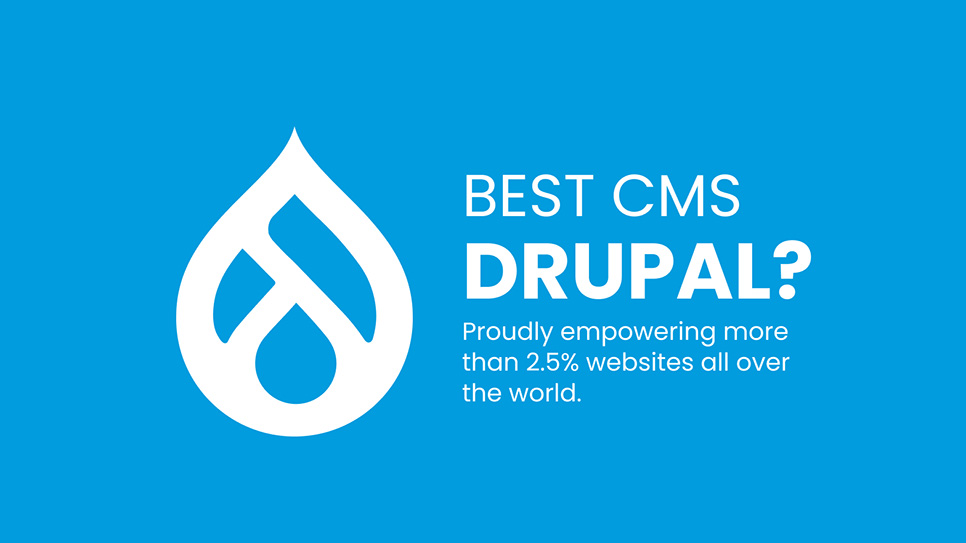Subscribe To Our NewsLetter
Share This Post:
A highly optimized website can improve search engine ranking and user experience. As a result, such websites receive millions of visitors each day and provide a better customer experience, thereby boosting revenue.
The goal of ranking higher on search engines is to attract the most traffic and relevant visitors to your website.
In addition to providing a great user experience, optimizing a website's performance can also prevent visitors from switching to your competitors.
According to studies, users are losing patience, and their attention spans are also decreasing. About 47% of users expect every website to load within a few seconds. As Google wants to make searching faster, easier, and more useful for users, it will favor websites that load quickly.
When your site grows in popularity, optimizing the loading time becomes even more crucial, and shaving off a few milliseconds now can have a big impact later on.
In this blog post, you will learn the 7 tips to improve the performance of your Drupal website using the core web vitals.
What are the Core Web Vitals?
Core Web Vitals is one of the newest ranking factors added to Google's algorithms to impact your website's or webpage's score when it comes to ranking in search engine result pages.
You can use them to evaluate how fast users can interact with your website as well as the performance of your website.
Core Web Vitals consists of 3 metrics:
1. The Largest Contentful Paint (LCP) metric gauges how quickly various page elements—such as pictures, videos, animations, and text—load and appear.
2. In Cumulative Layout Shift (CLS), the shift score is computed by comparing how much visible material has moved across a website layout.
3. First Input Delay (FID) can be used to measure how long it takes for a web page element like a link to respond to a user's input.
7 tips to improve the Drupal website performance

1. Implement the lazy loading
With lazy loading, you can fetch images only when they are needed, preventing page loading lag.
HubSpot claims that lazy loading enhances site performance, reduces bandwidth consumption, and even helps your site's SEO.
It allows you to load images at the exact moment that the user scrolls through the page, maintaining your Drupal site's loading speed and achieving an excellent LCP score.
2. Minifying CSS/JS
The junk bits of code in your CSS/JS files are one of the reasons your Drupal website is slow. The loading time of your web page is impacted by all these unnecessary files, which might affect your LCP and FID Core Web Vitals metrics. The poor FID score on your report indicates that your page interacts with users for more than 300 milliseconds
As a result, there is a need to reduce and optimize your JS execution. The time between your page and the browser's execution of JS code is reduced.
3. Reserve space for images and embeds
As the page loads, Cumulative Layout Shift (CLS) measures how much a page's visual layout changes. Here's a UX test that we've all probably experienced: A user clicks on a link, but the page shifts and they end up clicking somewhere else on the page. Not reserving spaces for images and embedded resources to load is a common cause of a high CLS score and a poor UX.
4. Optimize for mobile performance
As smartphone usage increased in 2016, it became imperative that websites be optimised for mobile devices as more people browsed the internet on them. User experience on a mobile device is highly dependent on the layout and usability of the website. In addition to being mobile-friendly, your website should also be optimised for performance.
5. Improve your server response time
Having a slow server response time can negatively impact not only your SEO but your Drupal website's UX as well. To measure server response time, use "Time to First Byte" (TTFB), which indicates when the first byte of your page is received by the user's browser.
However, before you begin, take a look at your server's performance to see how you're doing. According to Google, having a server’s response time lower than 600 milliseconds is ideal.
6. Eliminate render-blocking resources
Elements such as static HTML, CSS, and JavaScript files are used to render a page on your Drupal website. The scripts in these render-blocking elements prevent the users from viewing content.
Third-party plugins and tools such as Google Analytics are used to render Drupal websites. If you wish to prevent render-blocking resources from hurting your UX (and also help improve Core Web Vitals), you should remove all unused CSS and scripts and clear out render-blocking resources.
There are multiple techniques you can use to go about this. You can do this by removing any white spaces or unnecessary comments from your JavaScript and CSS code.
7. Image optimization
The file size of your images can also be reduced by optimizing and compressing them. A website's images are its most interactive resources, making a compelling appearance and retaining users' attention. They make up, on average, 56% of the page weight.
However, heavy and unoptimized images can be detrimental to the performance of your Drupal website.
Images are crucial elements of your site, so the larger the files, the slower they will load. Using Drupal, you can optimize images for different screen sizes to speed up loading.
Final words
Optimizing your website for core web vitals metrics will not only improve your rankings in search engines but also your site's user experience. It is well known that a better user experience leads to a higher level of satisfaction, fewer bounces, more traffic, and higher conversions, which contribute to increased revenue.
For this reason, optimize your website for Core Web Vitals to maximize its benefits. We at LN WebWorks, a Drupal web development agency, are here to help if you need help with Core Web Vitals improvements or other development projects.

Share This Post:
Related Articles
July 12, 2022
5 Ways to improve your Drupal Website Performance
July 12, 2022
6 Reasons Why Drupal Still Remains Best CMS in 2022
July 20, 2022



